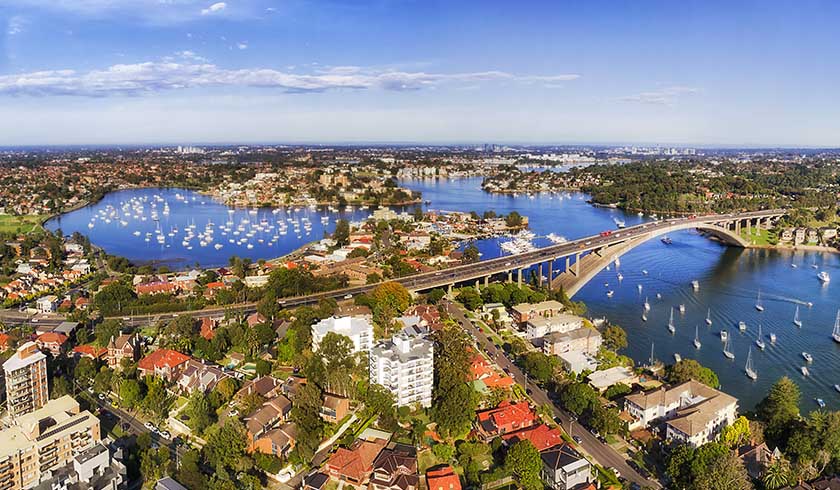Inner-city rentals unlikely to recover until international students return
A new report has suggested that Australian’s metropolitan rental market may get worse before it gets better, as NSW prepares to welcome international students as soon as next month under a new pilot program.

Australia’s inner-city rental markets are unlikely to recover until the international border reopens and international students return, Asian real estate tech company Juwai IQI has said in a new report.
“Eight months ago, we advised investors to hold on to their inner-city property if they could afford to, but that there would be pain before gain,” said Juwai IQI group executive chairman Georg Chmiel.
“My advice is the same today. These assets have depressed values now, so it’s a poor time to sell. They are likely to gain value again relatively quickly as the student population rebuilds after travel restarts. This is a good market for investors who are brave enough to buy while prices are down.”
According to Mr Chmiel, borders are likely to be closed at least until next year, so the situation will probably get worse before it gets better.
Although vacancy rates in inner-city suburbs are back to their pre-pandemic levels, he said that most landlords have taken a beating over the last 12 months.
“In the Inner West of Sydney, landlords are asking 8.8 per cent less for rent than a year ago. That works out to an annualised loss of more than $2,200 per landlord.”
"Landlords in Melbourne City are now asking 20 per cent less for rent than they were a year ago. Annualised, that works out to nearly $5,000 a year in rent. Gross rental yields in Melbourne City have dropped from 4.2 per cent a year ago to 3.7 per cent today.”
Noting that east coast cities like Sydney and Melbourne have traditionally attracted more international students than any other part of Australia, Mr Chmiel said that apartment owners in these locations are hurting more because they had more to lose.
Juwai IQI predicted that the number of international students nationally could fall from 500,000 in April 2020 to 165,000 by July 2022.
Mr Chmiel pointed at large-scale student housing accommodation operators as a sign of things to come.
“Rather than folding their hands, student accommodation operators are doubling their bets. They expect 2021 to be hard, 2022 to be a recovery year, and business to be relatively good from 2023. They are trying to find other users for their units in the meantime, such as Australian students, essential workers and interstate travellers.
“This is just a short-term effort to limit their losses until international students come back,” Mr Chmiel said.
NSW announced pilot program
These predictions come off the back of the announcement that the NSW government will be moving to reopen its state to international students via a bespoke and staggered quarantine arrangement that will facilitate the immigration of approximately 250 students per fortnight.
The NSW International Students Arrival Plan is a collective effort by education providers, members of the international education community and the NSW government to ensure the safe return of international students.
“It’s great to see their return has become a state priority,” said Property Council NSW executive director Jane Fitzgerald.
“Small businesses around Kensington near the University of NSW, for example, are still struggling without the valuable custom of international students,” Ms Fitzgerald said.
According to the Property Council of Australia, “the excellent proposal” by the Purpose-Built Student Accommodation Industry Working Group is the blueprint to resuscitate Australia’s third largest export – education – and help cement Australia’s economic recovery.
“Activating this plan is entirely consistent with the NSW government’s excellent management to date of the COVID-19 pandemic, and there is no doubt that this plan could be safely and thoroughly implemented,” Ms Fitzgerald noted.
In 2019, the international education sector in NSW catered to 250,000 students and provided an estimated value of more than $14.5 billion.
Since the pandemic and the subsequent international border closures, the NSW government has estimated an impact of $1.5 billion per month, which has ultimately contributed to the slower economic recovery of the CBD.

